Months after Neil Armstrong’s passing in 2012, his widow, Carol Armstrong, stumbled upon a surprising discovery in his closet—a white bag filled with spacecraft equipment from the Apollo 11 mission, according to My Modern Met.
The items, tucked away for decades, were never meant to return to Earth. But thanks to Armstrong’s quiet decision to keep them, a fascinating piece of space history was uncovered.
A mysterious bag hidden away for decades
During a routine check of Armstrong’s belongings in his Ohio home, Carol found an unassuming white cloth bag. The contents? A collection of small, intricate spacecraft parts—some of which had been onboard the Apollo 11 lunar module, Eagle.
Recognizing the potential historical significance, she reached out to Allan Needell, the Apollo curator at the National Air and Space Museum.
"I received an email from Carol Armstrong that she had located in one of Neil's closets a white cloth bag filled with assorted small items that looked like they may have come from a spacecraft," Needell wrote in a 2015 blog post.
His response? Pure excitement.
"Needless to say, for a curator of a collection of space artifacts, it is hard to imagine anything more exciting."
A direct link to Apollo 11
Upon further investigation, the white bag was identified as a McDivitt Purse—a container used to store tools and equipment inside the Lunar Module.
Experts at the Apollo Lunar Surface Journal (ALJS) analyzed the photographs of the items and confirmed they came from the Eagle. These artifacts had originally been intended to stay behind on the Moon, but Armstrong brought them home instead.
Among the historically significant objects found in the bag were:
- A waist tether Armstrong used while resting on the Moon
- Utility lights with brackets
- Equipment netting
- A metal mirror
- An emergency wrench
- The optical sight from above his window
- The 16mm data acquisition camera (DAC) that recorded the lander’s final approach
A secret even his biographer didn’t know
Throughout his lifetime, Armstrong never publicly mentioned keeping these artifacts.
"As far as we know, Neil has never discussed the existence of these items and no one else has seen them in the 45 years since he returned from the Moon," Needell wrote.
Even James Hansen, Armstrong’s authorized biographer, was unaware of the collection.
"I asked James Hansen, Neil’s authorized biographer, if he had mentioned the items, and he had not," Needell added.
Why were the items kept?
The Apollo 11 mission transcripts give some insight into Armstrong’s reasoning.
As the crew prepared for their return flight, Armstrong told command module pilot Michael Collins:
"You know, that—that one's just a bunch of trash that we want to take back—LM parts, odds and ends and it won’t stay closed by itself. We will have to figure something out for it."
Instead of being abandoned on the lunar surface, the McDivitt Purse and its contents came back with Armstrong—remaining undisturbed for over four decades.
An unexpected addition to space history
Thanks to Carol Armstrong’s keen eye, these long-lost Apollo 11 artifacts were finally brought to light. Each piece holds a unique story, offering a new perspective on history’s first Moon landing.
What was once meant to be left behind has now become a priceless addition to the National Air and Space Museum’s collection—a quiet but extraordinary legacy from Neil Armstrong himself.







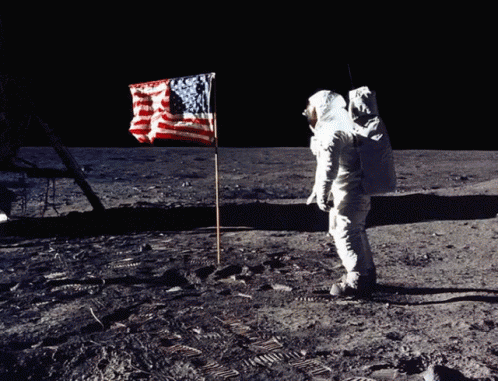
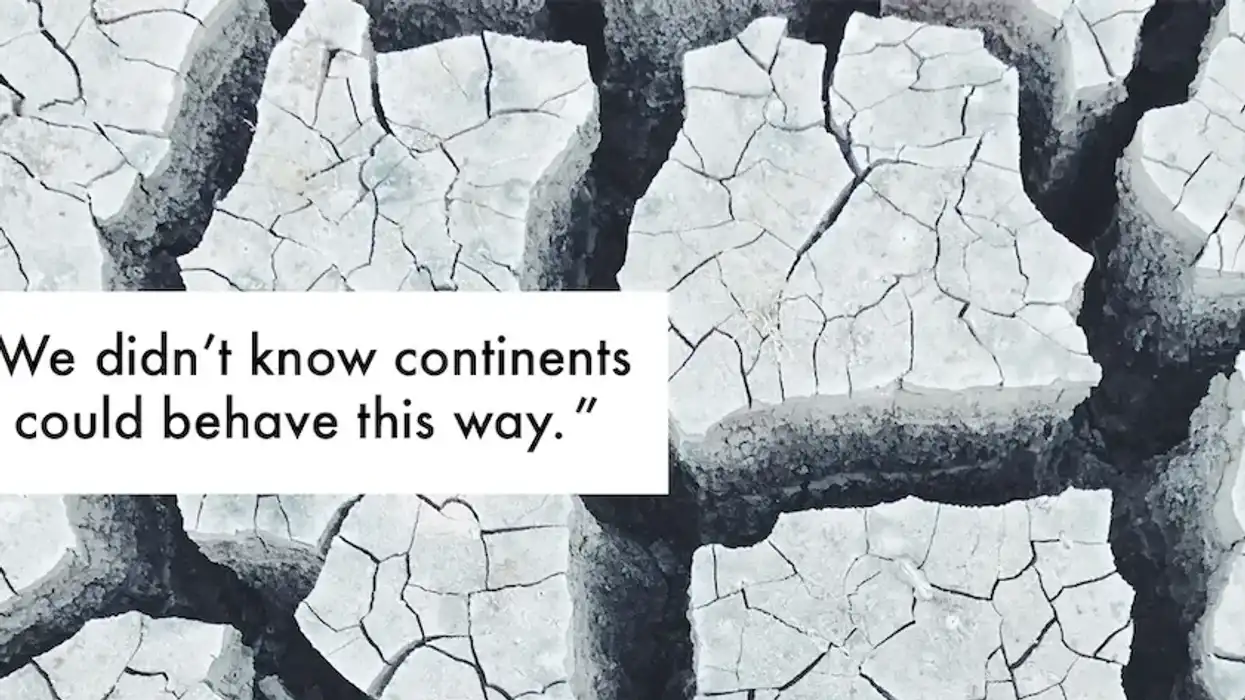

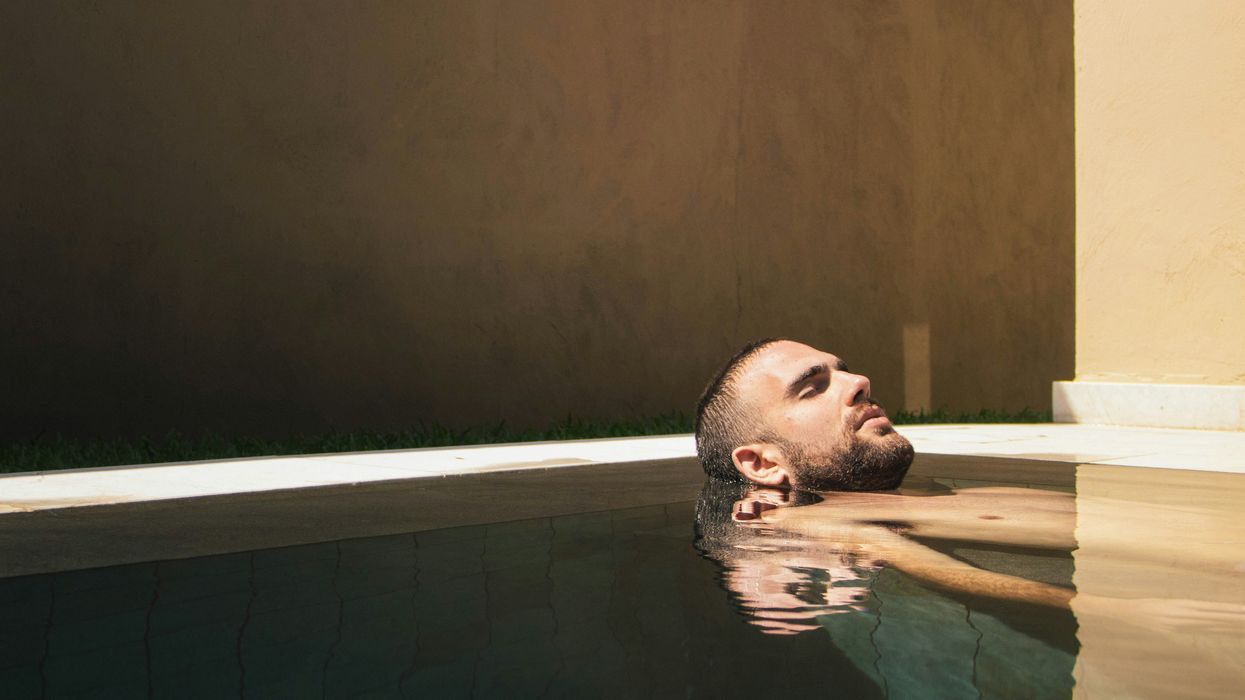
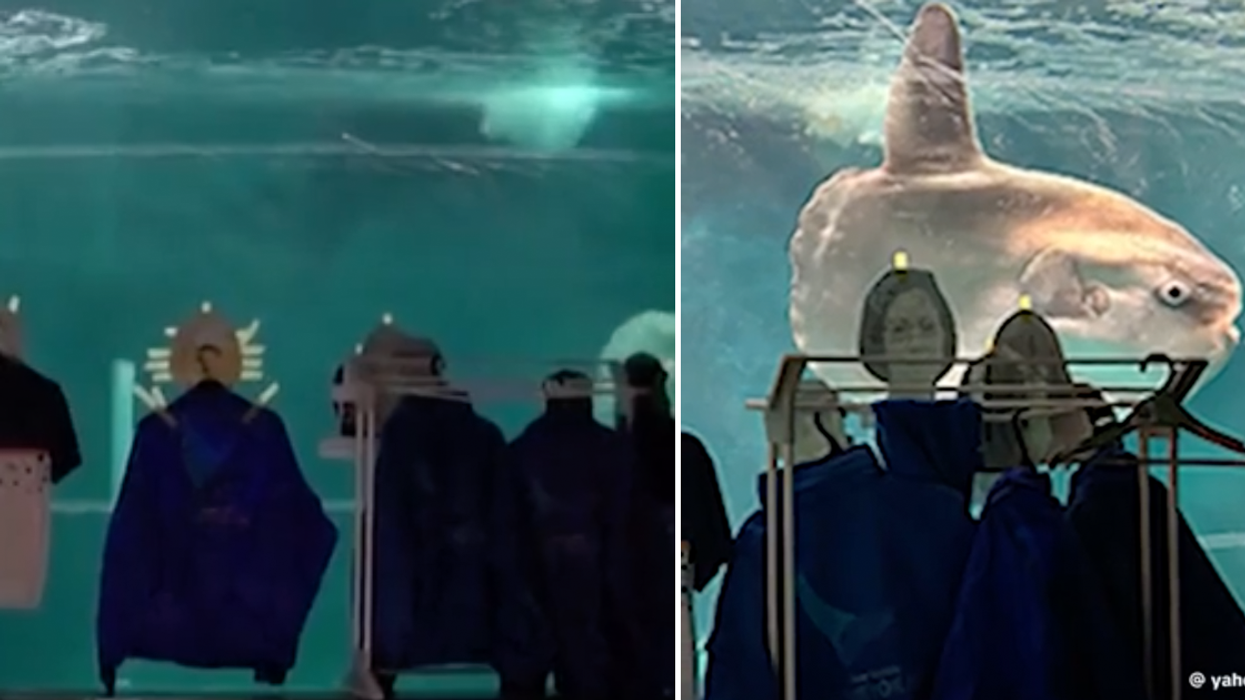
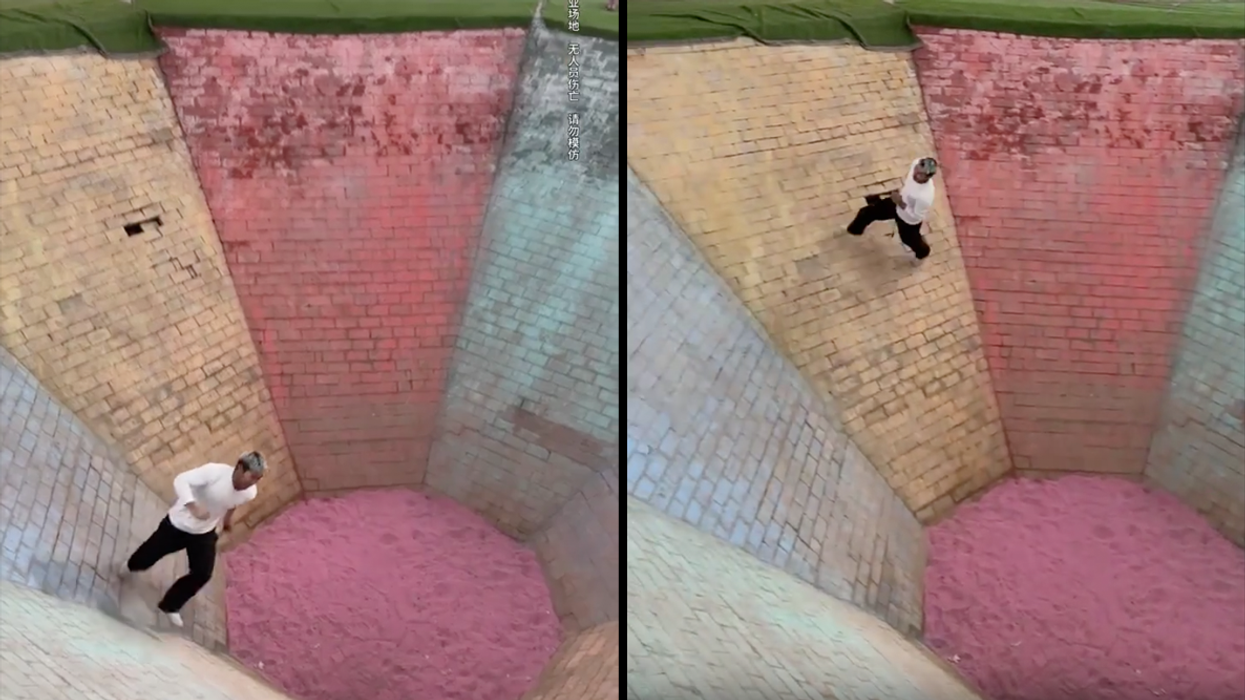
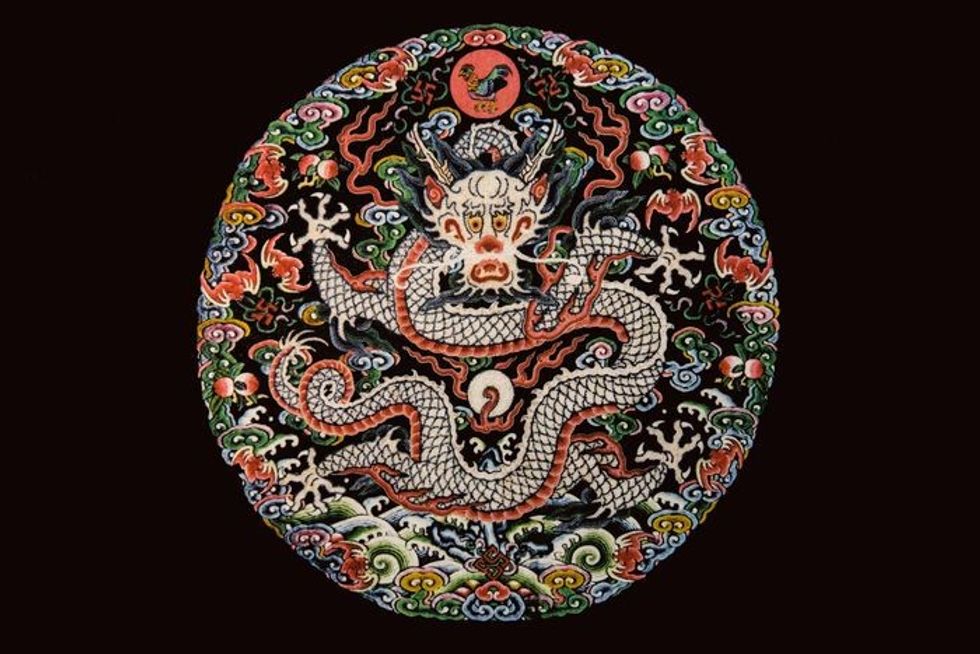 This represents the key to the perfect flow statePhoto by
This represents the key to the perfect flow statePhoto by 
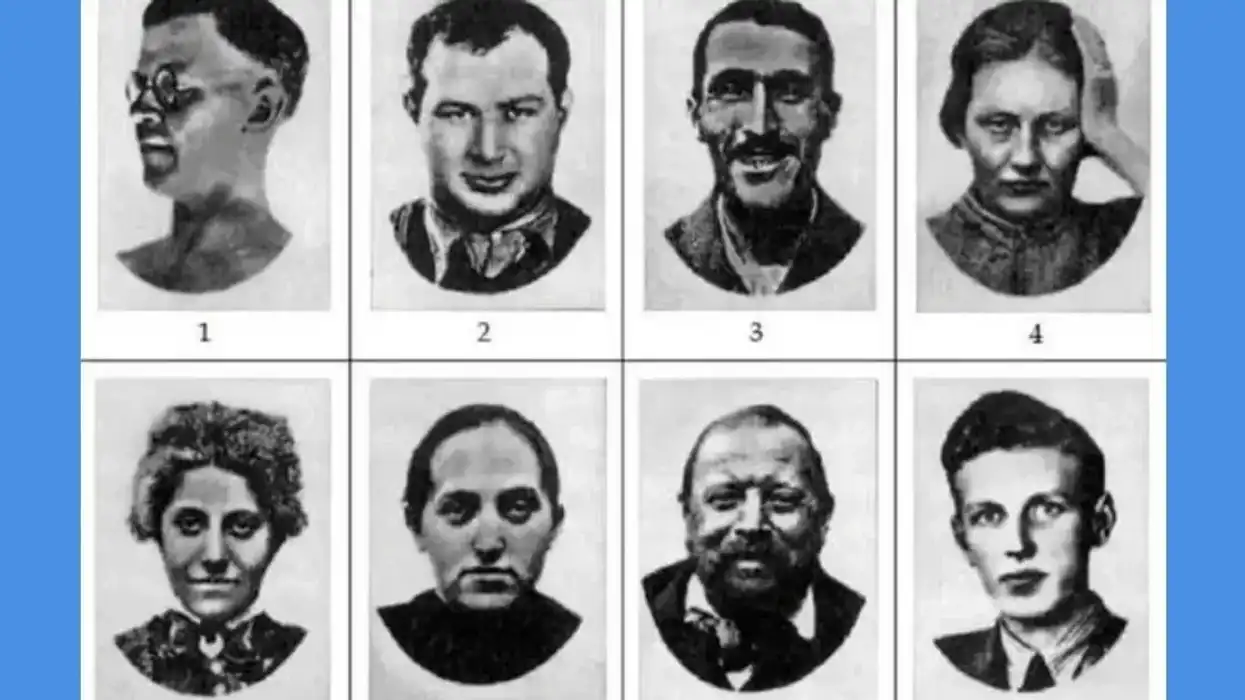
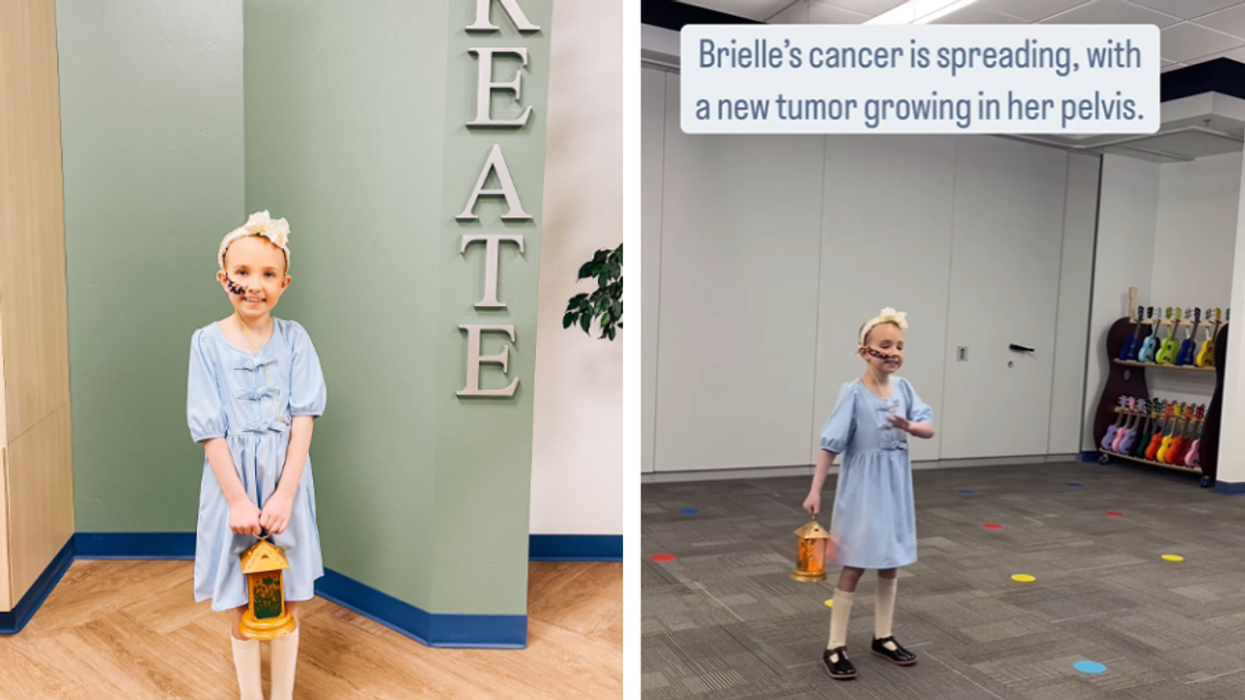




 Representative Image Source: Unsplash | Pawel Czerwinski
Representative Image Source: Unsplash | Pawel Czerwinski 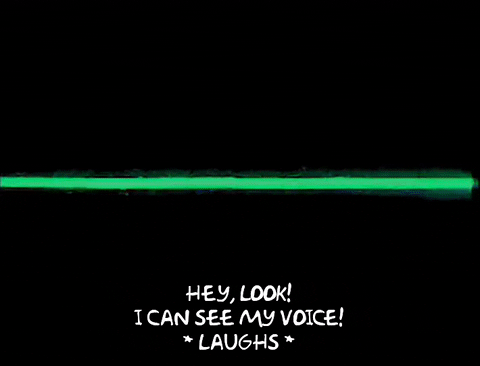
 Representative Image Source: Pexels | Pixabay
Representative Image Source: Pexels | Pixabay 







